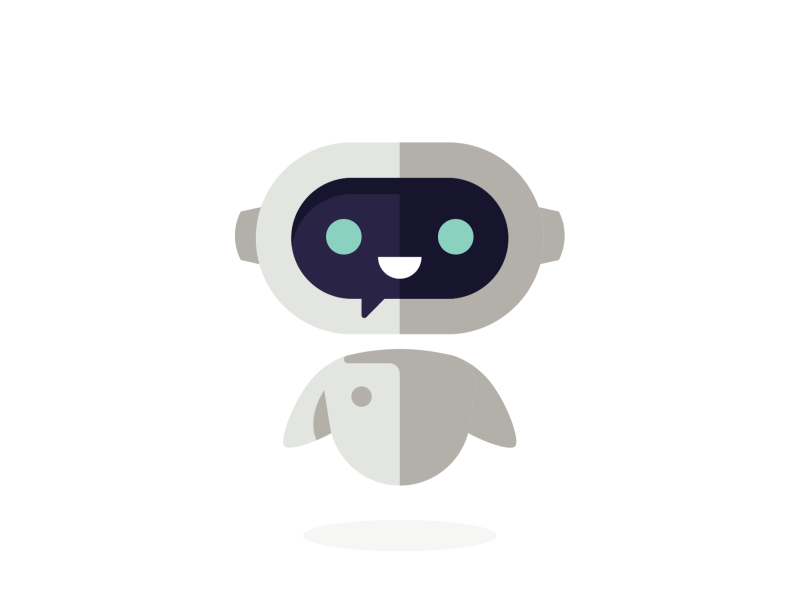Introduction to Chatbots and GenAI
 Sujit Nirmal
Sujit Nirmal
Chatbots are AI-driven programs designed to simulate conversation with human users. They can be used for customer service, personal assistance, and more. Generative AI, on the other hand, involves using AI models to generate new content, such as text, images, or even music.
Getting Started with Chatbots
Step 1: Define Your Chatbot's Purpose
Before you start building, it's crucial to define what your chatbot will do. Will it answer FAQs, assist with bookings, or provide personalized recommendations?
Step 2: Choose a Platform
There are several platforms to build chatbots, such as:
Dialogflow: A Google-owned platform that supports natural language understanding.
Microsoft Bot Framework: Offers tools to build, test, and deploy chatbots.
Rasa: An open-source framework for building contextual AI assistants.
Step 3: Design the Conversation Flow
Map out how the conversation will flow. Consider different user inputs and how your chatbot should respond.
Step 4: Develop Your Chatbot
Here's a simple example using Python and the Rasa framework:
# Install Rasa
!pip install rasa
# Create a new Rasa project
!rasa init
# Train the model
!rasa train
# Run the chatbot
!rasa shell
Step 5: Test and Deploy
Test your chatbot thoroughly to ensure it handles various scenarios. Once satisfied, deploy it on your chosen platform.
Getting Started with Generative AI
Step 1: Understand the Basics
Generative AI involves models like GPT (Generative Pre-trained Transformer) that can generate human-like text. Familiarize yourself with these models and their capabilities.
Step 2: Choose a Framework
Popular frameworks for GenAI include:
OpenAI's GPT-3: Known for its powerful text generation capabilities.
Hugging Face Transformers: Offers a wide range of pre-trained models.
Step 3: Experiment with Code
Here's a simple example using Hugging Face Transformers:
from transformers import pipeline
# Load a pre-trained model
generator = pipeline('text-generation', model='gpt2')
# Generate text
result = generator("Once upon a time", max_length=50, num_return_sequences=1)
print(result)
Step 4: Fine-tune and Deploy
Fine-tune the model on your specific dataset to improve its performance for your use case. Deploy it as needed.
Challenges and Solutions
Challenge 1: Handling Complex Queries
Chatbots may struggle with complex queries. Use machine learning models to improve understanding and responses.
Challenge 2: Ensuring Data Privacy
Ensure your chatbot complies with data privacy regulations by anonymizing user data and securing communications.
Challenge 3: Maintaining Engagement
Keep users engaged by regularly updating your chatbot's capabilities and content.
Resources to Learn More
Books: "Designing Bots" by Amir Shevat
Online Courses: Coursera's "Building Conversational Experiences with Dialogflow"
Communities: Join forums like Reddit's r/Chatbots for discussions and support.
Embarking on the journey of creating custom chatbots and exploring GenAI is both challenging and rewarding. With the right tools, resources, and perseverance, you can build innovative solutions that enhance user experiences.
Happy Coding !!!
Happy Coding Inferno !!!
Happy Coding Journey !!!
Subscribe to my newsletter
Read articles from Sujit Nirmal directly inside your inbox. Subscribe to the newsletter, and don't miss out.
Written by

Sujit Nirmal
Sujit Nirmal
👋 Hi there! I'm Sujit Nirmal, a AI /ML Developer with a passion for creating intelligent, seamless ML applications. With a strong foundation in both machine learning and Deep Learning I thrive at the intersection of data and technology.